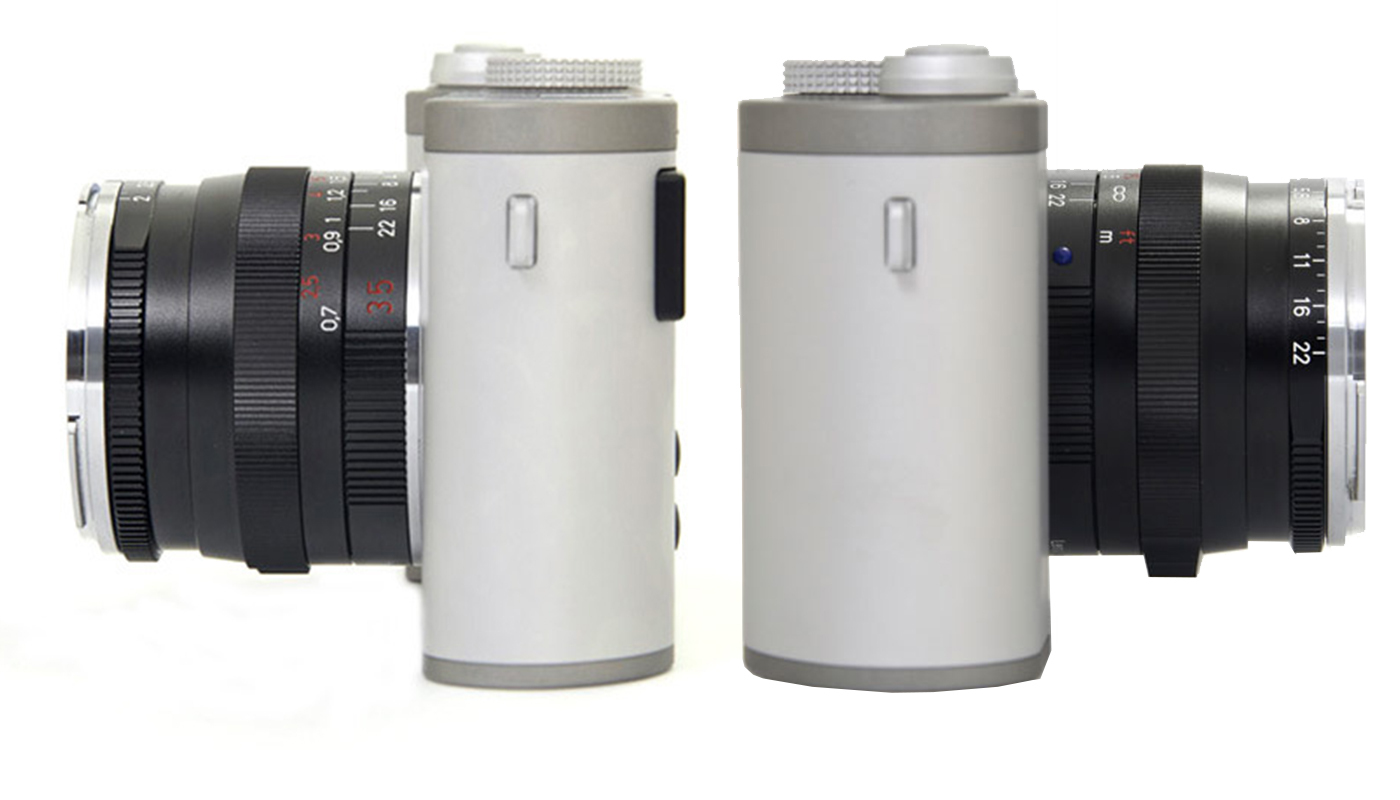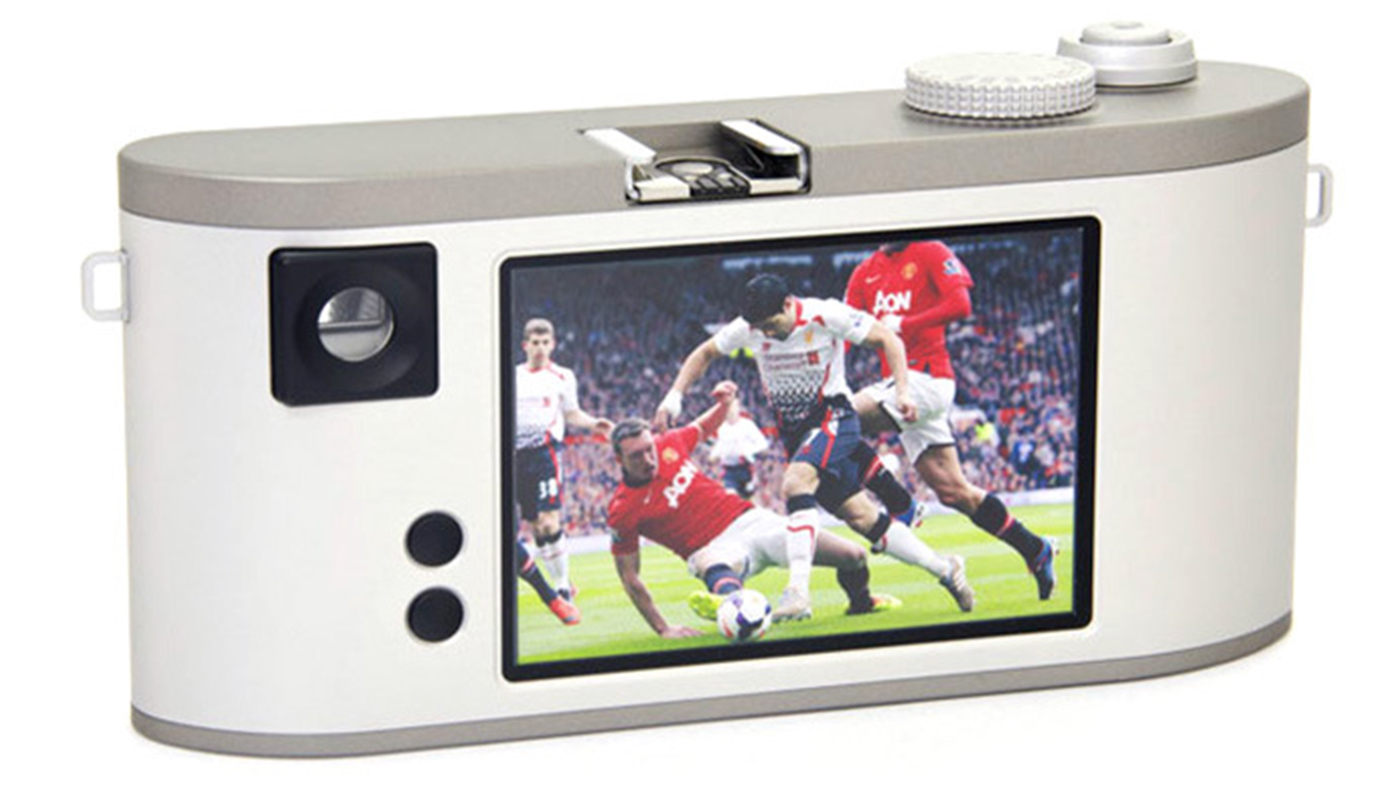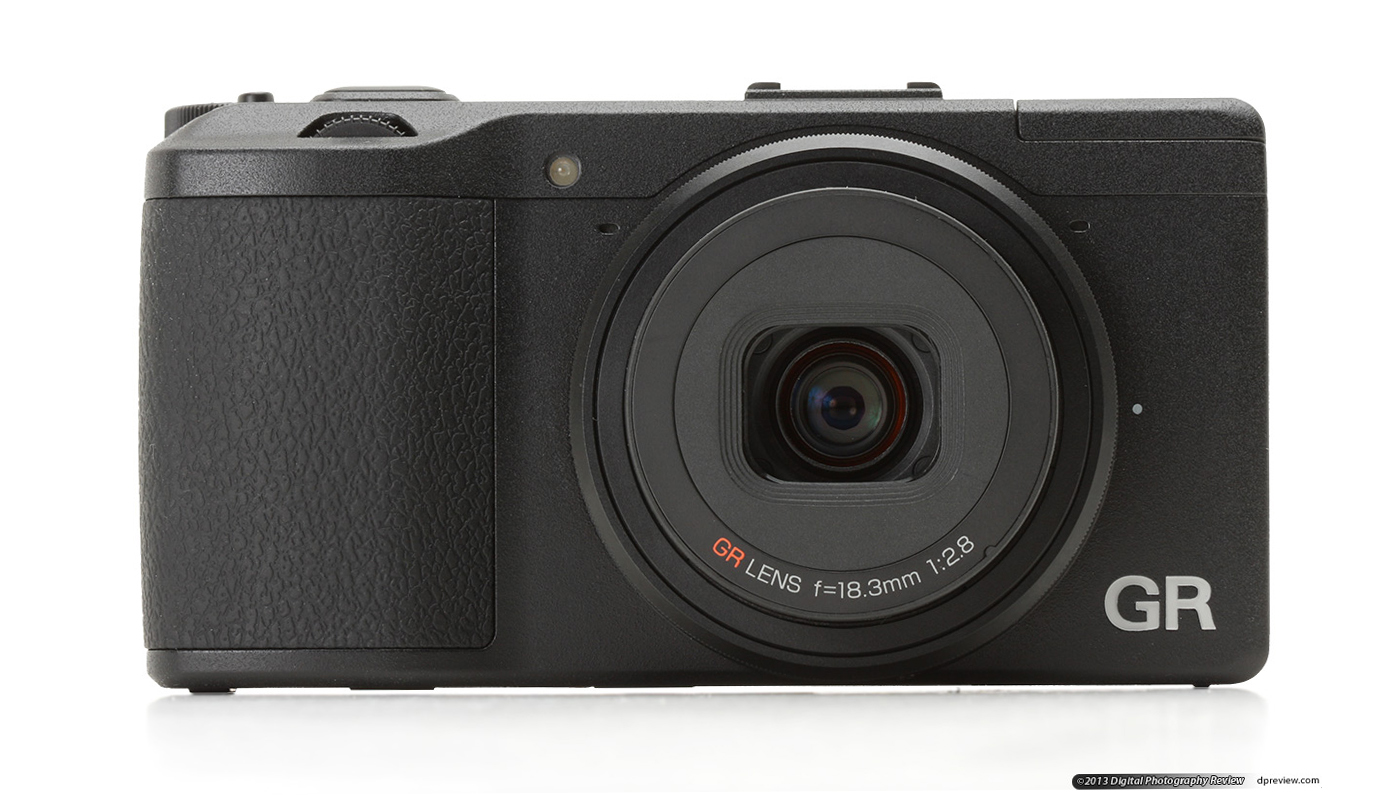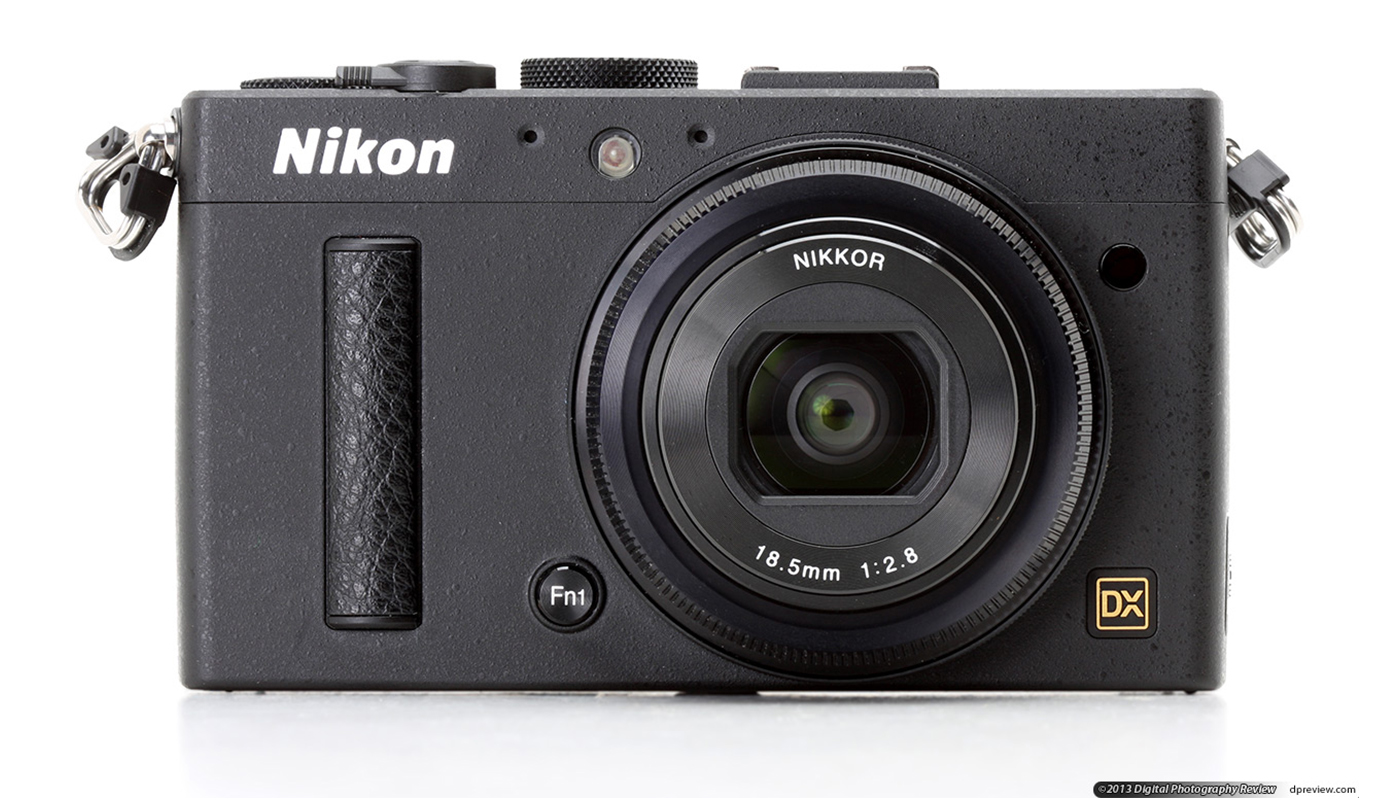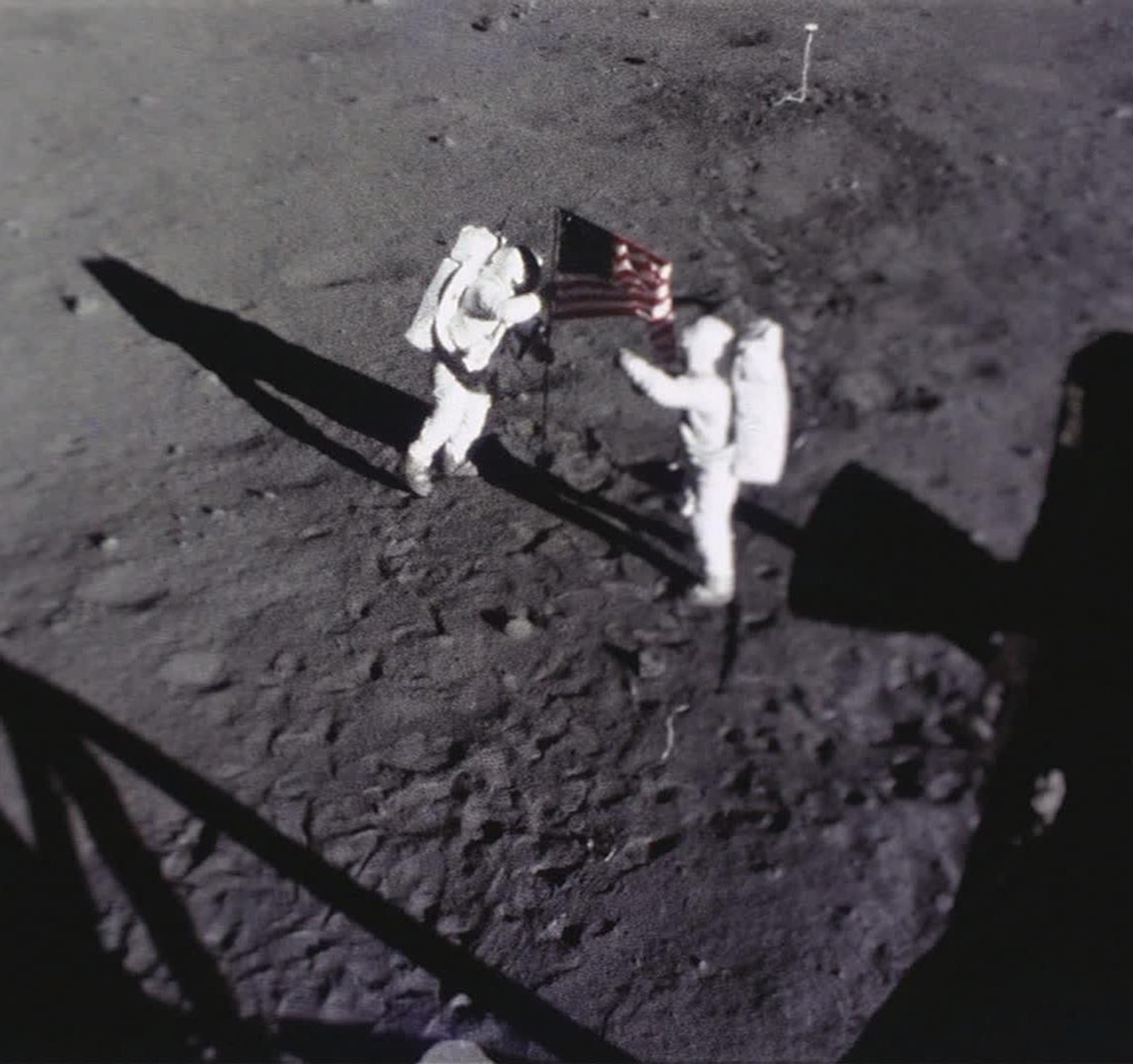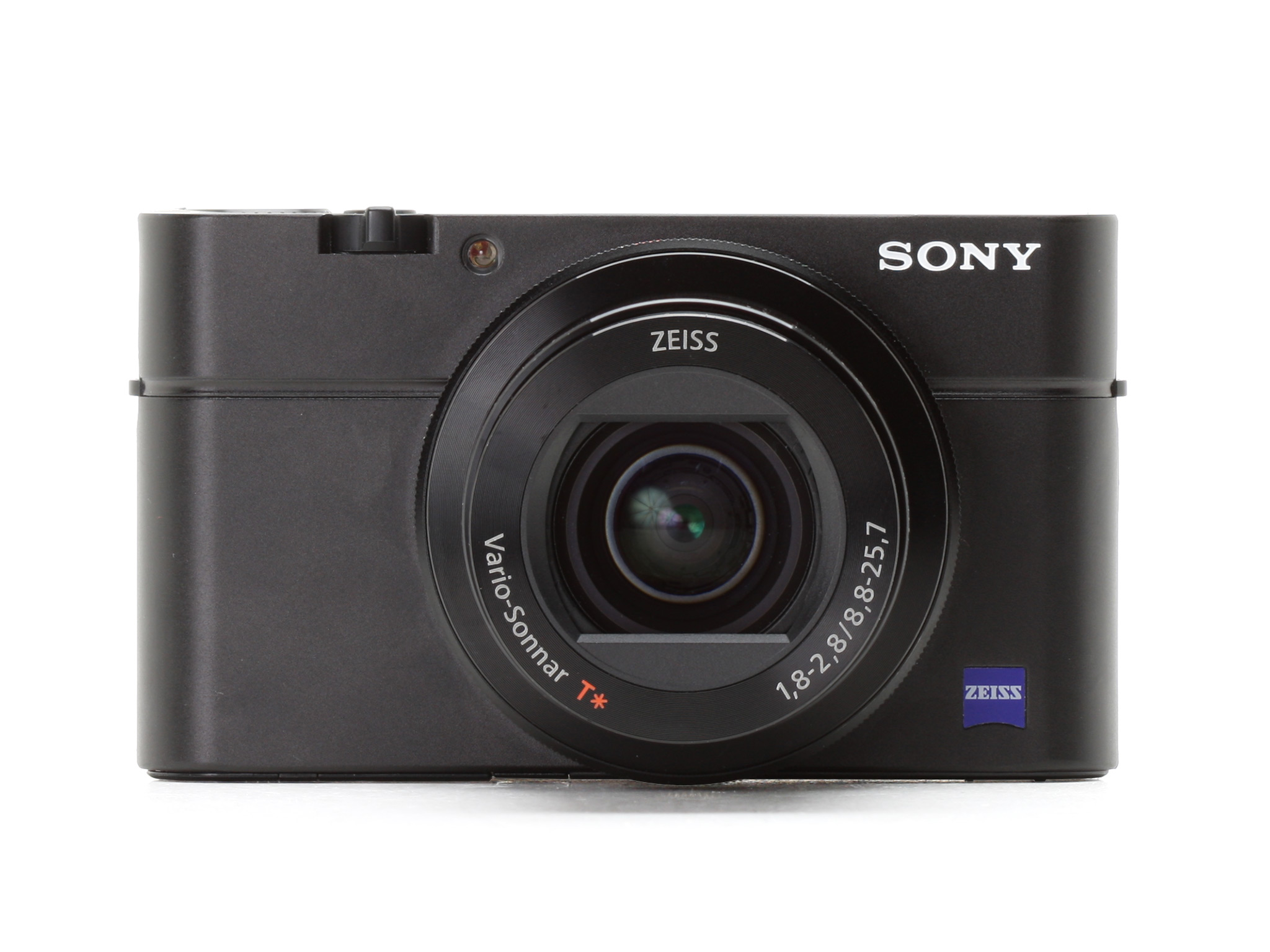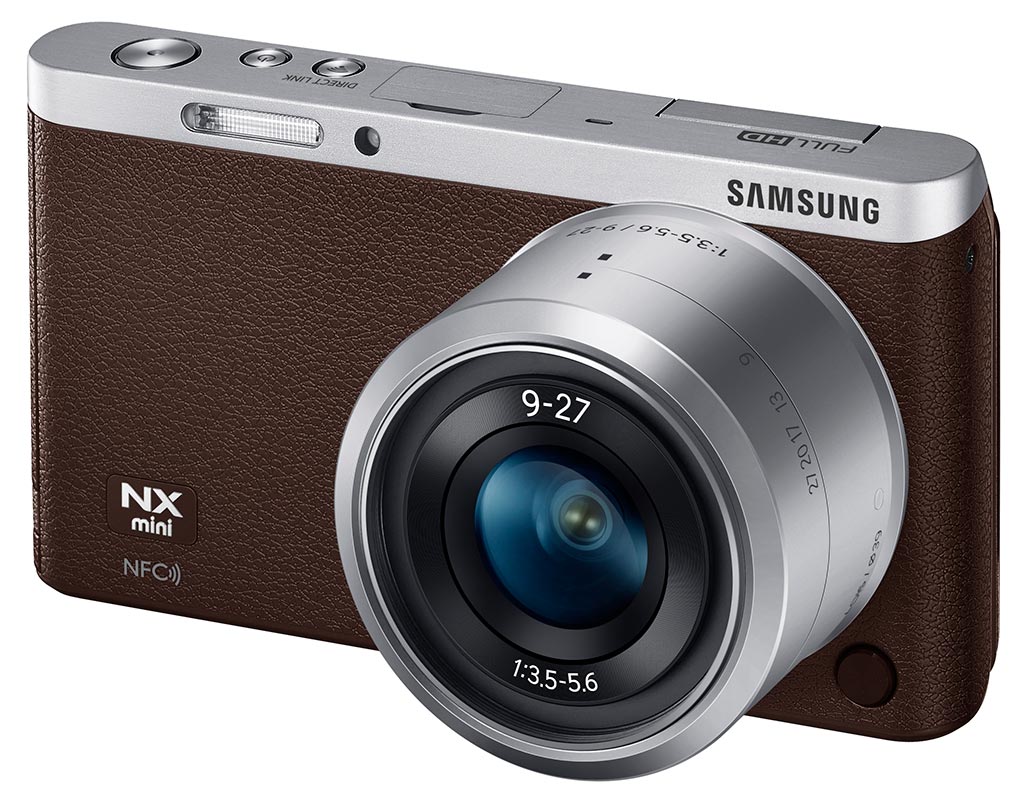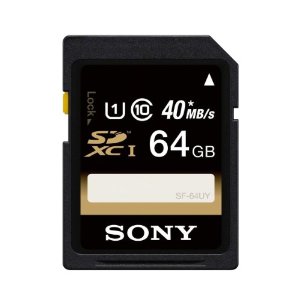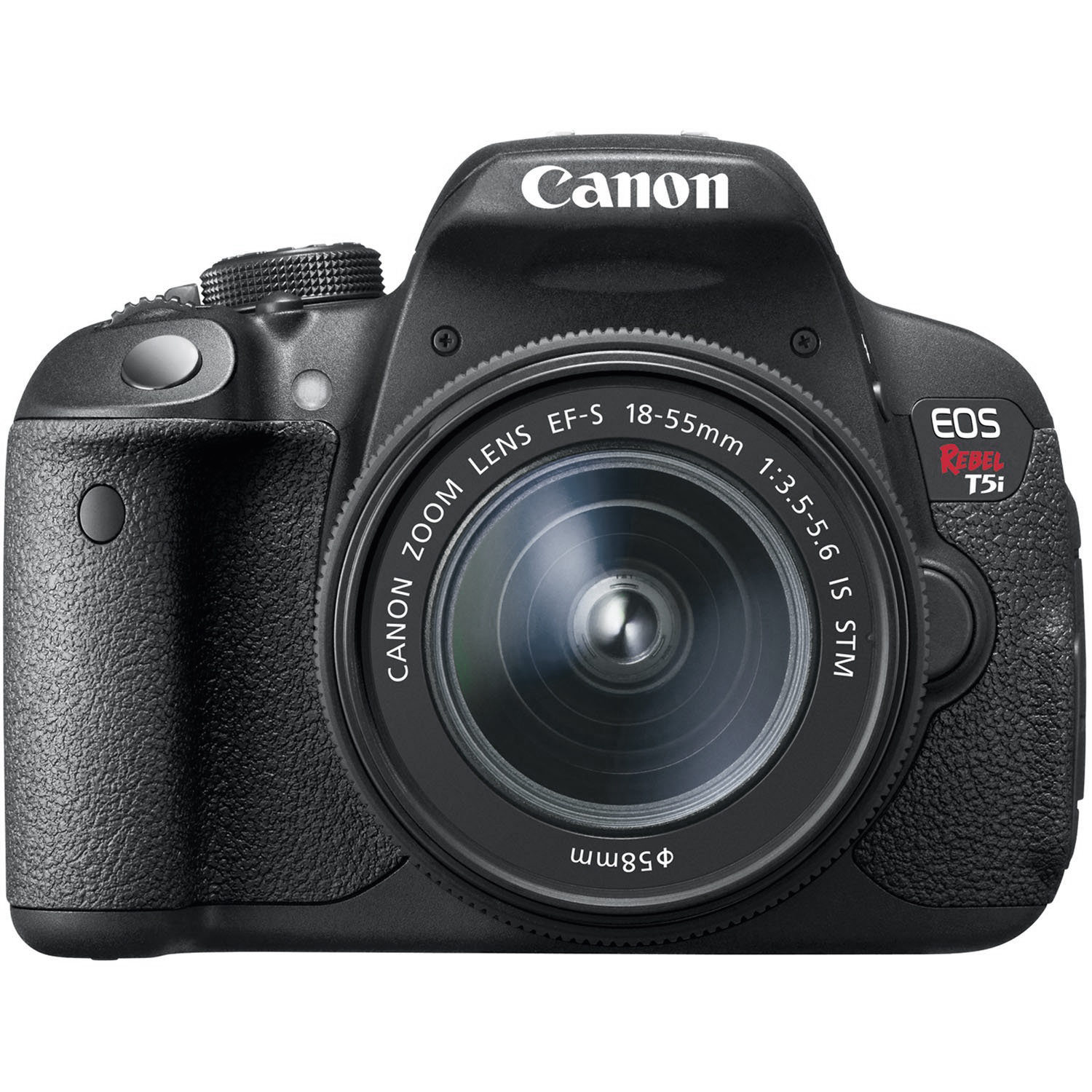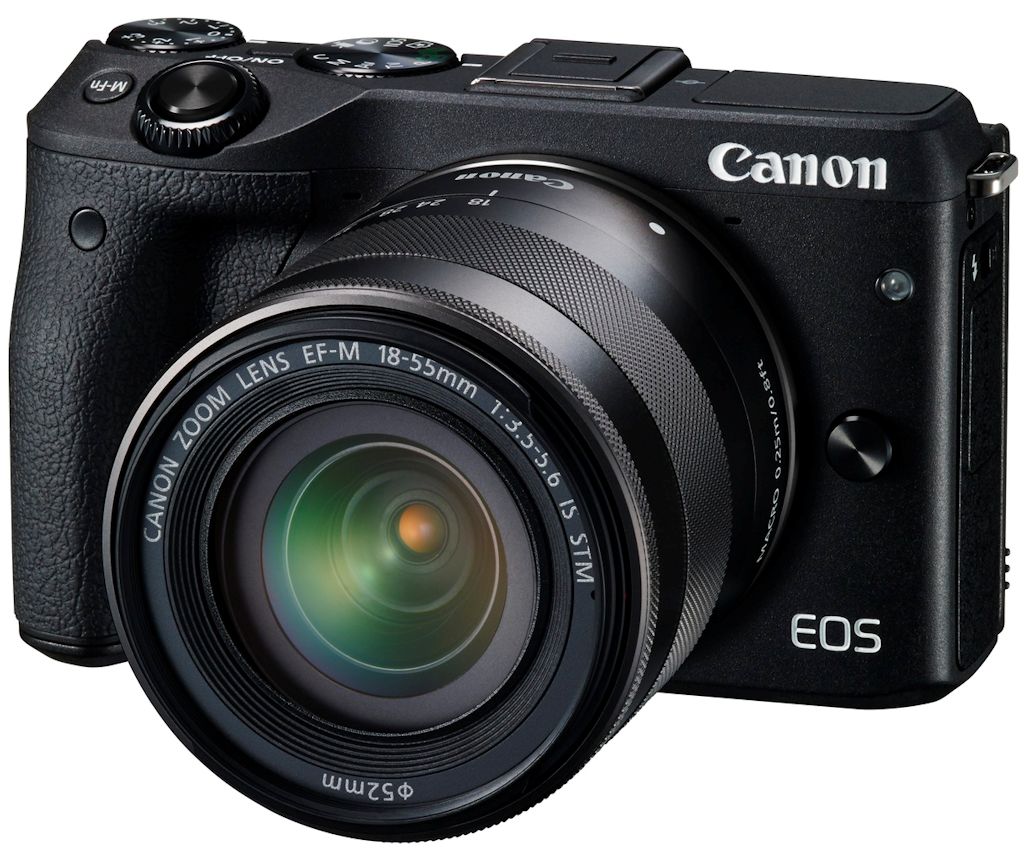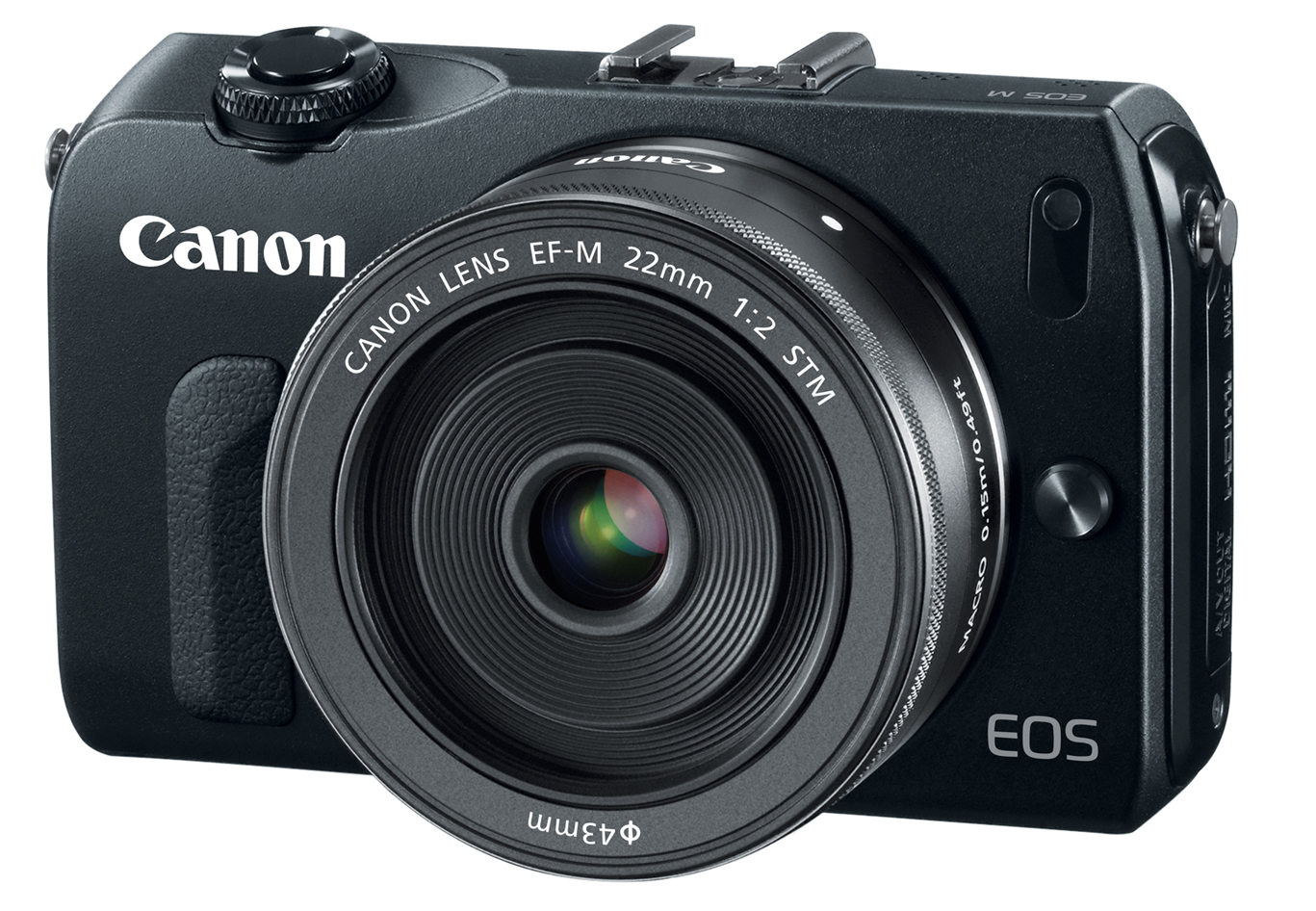Please enjoy this gallery of camera commercials over the last 20 years. No matter your age, there's sure to be some here you'll remember and I hope it will bring back a bit of nostalgia. At the bottom of the page you'll find what I consider the best camera commercial of all time.
Read MoreCameras
Konost FF Camera Full Frame Digital Rangefinder
The vision for the Konost Camera came in May 2011 from a group of electrical engineering students at Cornell University. On their days off they enjoyed taking pictures with their modern day rangefinder cameras. They felt that the true experience of photography was not about the list of camera features, but the immersion of ones self in the act of the art. With this in mind the Konost FF camera was born.
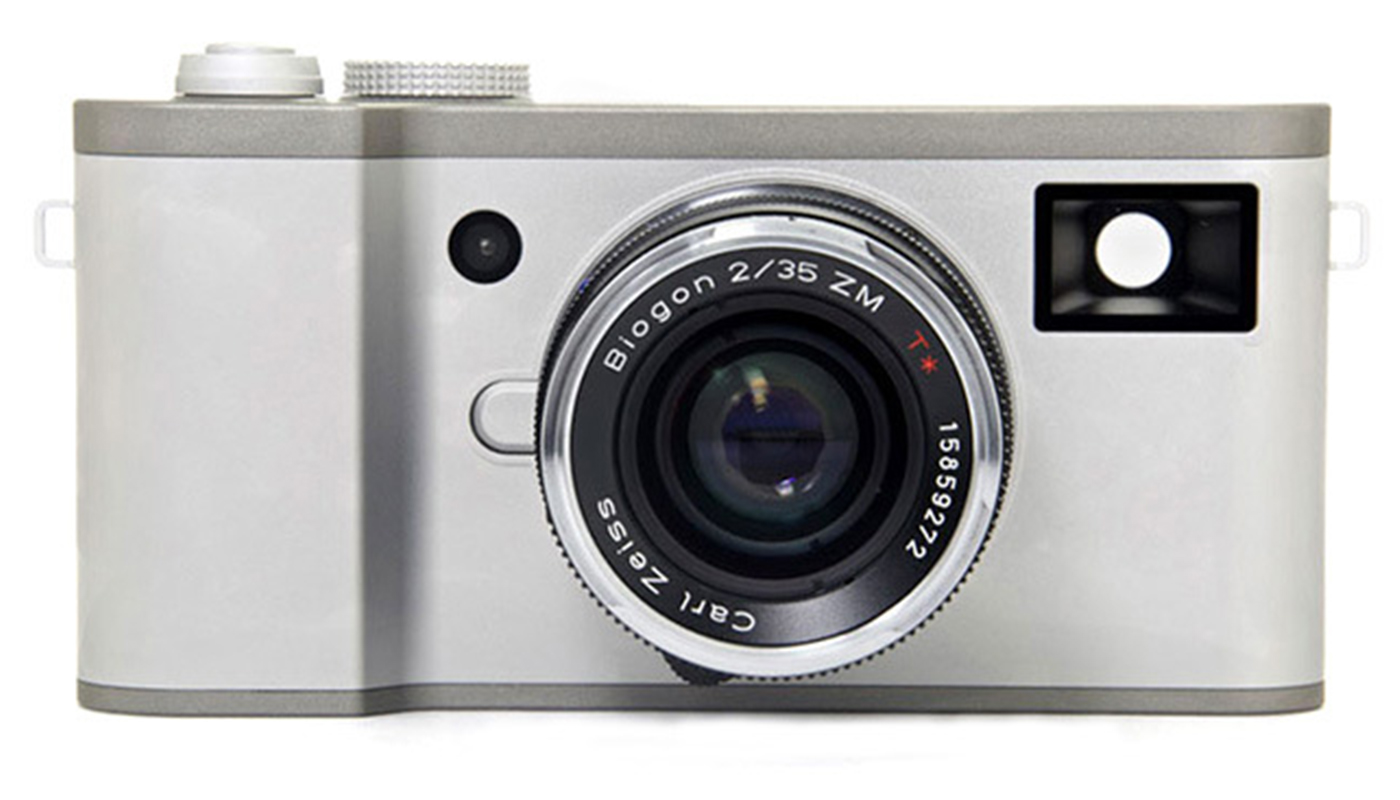
Manual Rangefinder Focus, Manual Aperture, Manual Shutter Setting - That's it
Aside from a pinhole camera or something homemade, this camera's features are about as simple as they can get. The Konost Full Frame Digital Rangefinder camera sports nothing but the essentials.
"Using a manual rangefinder camera forces the user to take time to think and compose before taking a shot, instead of clicking away at a hundred different pictures and picking the right one on a computer" - Konost Team
[embed]http://youtu.be/U7xCskVNOZQ[/embed]
Still in Development, Coming Early 2016
Unfortunately if this photography purists gem has already got you pulling out your wallet, you'll have to wait. It's still in development though the aim is for an early 2016 launch. Also there will be 3 standard models available varying by sensor size and a slightly different feature set.
The Konost Camera Specifications
| Konost Development Kit35MM FULL FRAME | Konost FF35MM FULL FRAME | Konost APAPS-C CMOS | Konost Junior1″ CMOS | |
| Body Only | Body Only | Body Only | Body+Fixed Lens | |
| Mid 2015 | In Development Early 2016 | In Development Early 2016 | In Development Late 2015 | |
| Image Sensor | 20.0 million pixels 36mm x 24mm 5120(v) x 3840(h) | 20.0 million pixels 36mm x 24mm 5120(v) x 3840(h) | 12.0 million pixels 24mm x 16mm 4096(v) x 3072(h) | 10.8 million pixels 13.5mm x 9.2mm 4008(v) x 2724(h) |
| Storage | SD memory card SDHC memory card SDXC(UHX-I) memory card | SD memory card SDHC memory card SDXC(UHX-I) memory card | SD memory card SDHC memory card SDXC(UHX-I) memory card | SD memory card SDHC memory card SDXC(UHX-I) memory card |
| File Format | Raw | Raw JPEG Raw+JPEG | Raw JPEG Raw+JPEG | JPEG |
| Body Construction | Aluminum Case | Aluminum Alloy | Aluminum Alloy | Plastic |
| Lens Mount | M-Mountor F-Mount+adapter | M-Mount Rangefinder Coupled | M-Mount Rangefinder Coupled | Fixed 35mm f/2.0 Lens(*TBD) |
| Sensitivity | SDK Settings | ISO100-6400(*TBD) | ISO100-6400(*TBD) | Auto |
| Exposure Control | SDK Settings | Spot Average | Spot Average | Spot Average |
| Exposure Mode | SDK Settings | Aperture Priority(AE) Manual Exposure | Aperture Priority(AE) Manual Exposure | Aperture Priority(AE) Manual Exposure |
| Shutter Speed (1/s) | SDK Settings | 1-4000 | 1-4000 | 1-4000 |
| Focus | LiveView Manual Focus | True Rangefinder Manual Focus LiveView Manual Focus | True Rangefinder Manual Focus LiveView Manual Focus | True Rangefinder Manual Focus LiveView Manual Focus |
| White Balance | SDK Settings | Auto, Presets | Auto, Presets | Auto, Presets |
| Hotshoe | No | Yes | Yes | Yes |
| View Finder | None | Optical View Finder (OVF) with Electronic Display | Optical View Finder (OVF) with Electronic Display | Optical View Finder (OVF) with Electronic Display |
5 TED Talks for Photographers

Any given TED talk is sure to spark your interest. If you're a photographer and you happen to find a talk on ideas worth spreading in the photography industry, even better. Here are 5 TED talks for photographers…
Read More4 Luxury Compact Fixed Lens Cameras You Can Afford
Luxury cameras are a very niche product, accounting for only about 1% of all digital cameras on the market today. Factor into that 1% those with a fixed lens, and you have an extremely unique set of cameras typically only enjoyed by the best of the best. Small, simple, beautiful, and often expensive, here are 4 luxury compact fixed lens cameras you can actually afford. By owning any one of these you will surely standout among your photographic community, and positively blend in with the crowd on the street.
What is a Luxury Compact Fixed Lens Camera?
Luxury Compact Camera
A luxury compact camera is a compact camera that is luxurious in its image quality and/or sensor size. Typical prices for luxury compact cameras are $800 to $3000.
Fixed Lens Camera
A fixed lens camera a camera with a lens that is neither interchangeable nor zoom capable. A single lens with a single focal length.
Why a Luxury Compact Fixed Lens Camera?
If you've come to the conclusion that these cameras are kind of a one-trick-pony, well you're right. In the field of architecture it is often said that:
"Architects know everything about one thing, and engineers know a little bit about everything."
Luxury fixed lens compact cameras are the architects, not the engineers. They are not focally versatile, not really expandable, but also make make no claim to be. They aim to serve one purpose and serve it well, to be a high quality dedicated fixed lens camera. For most photographers, one of these cameras is so far down the list of 'things I need to buy' that you may never get to it.
That being said here's 4 luxury compact fixed lens cameras you can afford! Videos at bottom of post.
4. Fujifilm X100S | $864.89
Announced: January 7, 2013
Stand Out Features:
- APS-C 16M X-Trans CMOS II sensor with OLPF-less architecture
- Fujinon 23mm f/2 fixed focal length lens
- Newly developed Hybrid Viewfinder
- Digital Split Image Manual Focus System
- Full HD movies, Full aperture F2
3. Sigma DP-1 Merril | $699.00
Announced: February 8, 2012
STAND OUT FEATURES:
- 46Mp Foveon X3 Direct Image CMOS Sensor
- 3x Color Data in Each Pixel Layer
- 28mm f/2.8 (35mm Equivalent) FLD Lens
- True II Image Processor
- 3.0" Rear LCD Screen
- QVGA Video Recording at 30fps
- Records JPEG & RAW Files
- Built-In Accessory Hot Shoe
2. Ricoh GR | $625.00
Announced: June 19, 2013
Stand Out Features:
- 16.2MP APS-C Format CMOS Sensor
- GR ENGINE V Image Processor
- No Optical Low-pass Filter
- 18.3mm f/2.8 Lens (28mm Equivalent)
- 3.0" 1,230k-dot White Magic LCD Screen
- Full HD 1080p Video Capture
- ISO Range of 100-25600
- High Speed AF and 4 fps Burst Shooting
- Image Effects and Macro Mode
- Compact Magnesium Alloy Body
1. Nikon Coolpix A | $575.00
Announced: March 9, 2013
STAND OUT FEATURES:
- 16MP DX-format CMOS sensor
- 28mm equivalent F2.8 lens
- ISO 100-3200 (expandable to 25600)
- Up to 4 fps continuous shooting
- 3" LCD with 921,000 dots
- 1080/30fps HD Video (H.264, MPEG-4)
- Built-in flash
- Wi-Fi and GPS compatible (sold separately)
- Raw and Raw+JPEG
4. Fujifilm X100S | $864.89
http://youtu.be/wnzQjM98_-c
3. Sigma DP-1 Merril | $699.00
[embed]http://youtu.be/f3VjyHQiqdE[/embed]
2. Ricoh GR | $625.00
[embed]http://youtu.be/FyEqP_zjP3U[/embed]
1. Nikon Coolpix A | $575.00
[embed]http://youtu.be/msBxvTmDaEU[/embed]
BONUS: Ricoh GR vs Nikon Coolpix A
[embed]http://http://youtu.be/ykbDLN15uxA[/embed]
Apollo 11 Camera Lost 40 Years Found in Closet
Nearly 40 years after the first spaceflight that landed humans on the moon, a cloth bag packed with items from the Apollo 11 mission has been recently discovered. The discovery was made by Niel Armstrong's widow Carol Armstrong as she cleaned out a closet of their home office in Ohio. She send the following photo the Smithsonian National Air and Space Museum asking if they had any interest in the items.
The most significant of the items was a 16mm Data Acquisition Camera that filmed Neil Armstrong's infamous ladder descent to the surface of the moon.
The museum immediately recognized the bag which was used as a temporary stowage bag aboard the lunar missions. It was specially fitted with pins that locked into sockets left of the Lunar Module hatch, in front of the Commander's station.
Many Cameras Never Made it Back to Earth
It's amazing that the Apollo 11 camera lost for 40 years, was even here on earth at all. Like any aircraft, the lunar module had very specific cargo weight limits. The 10 lbs of relics found in the bag, took up a significant amount of valuable space aboard the craft. The astronauts needed to lose weight before they could return home to account for the extra cargo of moon rocks and samples they obtained. In fact, it was common enough to leave cargo behind that there are 12 Hasselblad cameras still sitting on the surface of the moon to this day.
16mm Apollo 11 Film Camera on Display
The camera is temporarily on display at the National Air and Space Museum in New York City as part of the Outside the Spacecraft: 50 Years of Extra-Vehicular Activityexhibit.
Images from Smithsonian National Air and Space Museum
What Does ISO Mean? And Other Photographic Abbreviations
Below you will find the answer to "What does ISO mean?" and other photographic abbreviations. They're not need-to-know but good-to-know!
ISO
ISO stands for International Organization of Standardization. In photography it refers to a unit (number) which quantifies the sensitivity of photographic film or an image capturing system. Higher ISO numbers mean a higher sensitivity to light.
Example Usage: "Set the camera to 100 ISO."
JPEG
JPEG stands for Joint Photographic Expert Group, and is a file format most commonly used for digital images. JPEG is a compression type that allows the stored amount of detail to vary resulting in smaller or larger files sizes.
Example Usage: "Send me some JPEGs of the show."
EVIL
Electronic Viewfinder Interchangeable Lens. A type of hybrid camera with the small body and style of a compact camera but with professional features of an interchangeable lens system and an electronic viewfinder (mirrorless).
Example Usage: "I must have the EVIL Sony RX100III now."
MP
Megapixel (you knew that!). A measurement of the resolution of a digital camera or image equal to one million pixels.
Example Usage: "The new Canon 5Ds has a 50MP sensor"
LCD
Liquid Crystal Display. A common type of screen used on cameras to display images and information relative to interaction with the camera.
Example Usage: "Careful not to scratch the LCD screen please."
LED
Light Emitting Diode. Often used on the rear of cameras as activity indicator lamps, such as an indication the camera is busy writing images to the card. They can also be used as a continuous video light, arranged in an array of 1 to 126 or more LEDs typically with an adjustable brightness wheel. LEDs have low power consumption and emit almost no heat.
Example Usage: "Why is my LED still blinking?"
NFC
Near Field Communication. A short range wireless connectivity technology becoming an increasingly popular feature in newer cameras. NFC enables wireless transfer of images from your camera to a phone or tablet without the use of wires or a desktop/laptop computer.
Example Usage: "Does that camera have NFC?"
SD
Secure Digital. A small removable memory card used in many cameras. Most computers have a slot for SD connectivity.
Example Usage: "Oh no, I forgot my SD card..."
SDHC
Secure Digital High Capacity. An SD card with a capacity higher than 32GB (that's Gigabytes!).
Example Usage: "You'll want the best SDHC for a Panasonic GH4"
Elements of a Great Photo: Quadrants for Composition
What makes a great photograph?
A once in a lifetime capture? Drama or silence? Love or war? There is no formula per se; but there is a sort of track record of successful ingredients. I would describe it as the right mixture of technical know-how, telling a story or evoking emotion, and an artistic composition that supports the two. In this article I'd like to either introduce or resurrect the principle of Quadrants for better composition. Using the principle of quadrants in your photography can help add an appealing form and function to your work, and further help tie the elements of a great photo together.
Take a look at this video by YouTube user Every Frame A Painting. His page is packed with thought provoking analysis of film form. This video will reverse engineer quadrants from their final form in a particular film, down to their most elemental functions.
What is a Quadrant?
Quadrant
A quadrant is simply an equilateral division of a frame into four equal parts, used to guide you in framing of your subject, subjects, or photographic elements.
It is similar to the more commonly known Rule of Thirds.
Rule of Thirds
Rule of thirds is a compositional technique where the frame is divided, horizontally and vertically, into three parts, using two equally spaced lines.
The compositional focus of each is slightly different. In the quadrant system the focus of the objects or subjects in your frame lie within a zone, while with the rule of thirds grid they lie on the lines and the intersections.
Some cameras have build in grid overlays (typically rule of thirds), check you camera settings for this. Try shooting either with an actual grid overlay or with a grid in mind. This will help form the story you are tying to tell. If you already have experience with this, revisit it and dig deeper. Tell a different part of the story in each area of the quadrant. Contrast the story and light of one quadrant with that of another, give your photos a new dynamic built upon the elements of a great photo.
Understanding Depth of Field
Understanding Depth of Field: How Aperture Affects DOF
The key to mastering photography is not to follow the rules but to understand them. Understanding the photographic principles that define photography is a barrier that must be broken to truly unlock…
Read MoreWhat is a Bridge Camera? Plus Bridge VS Superzoom
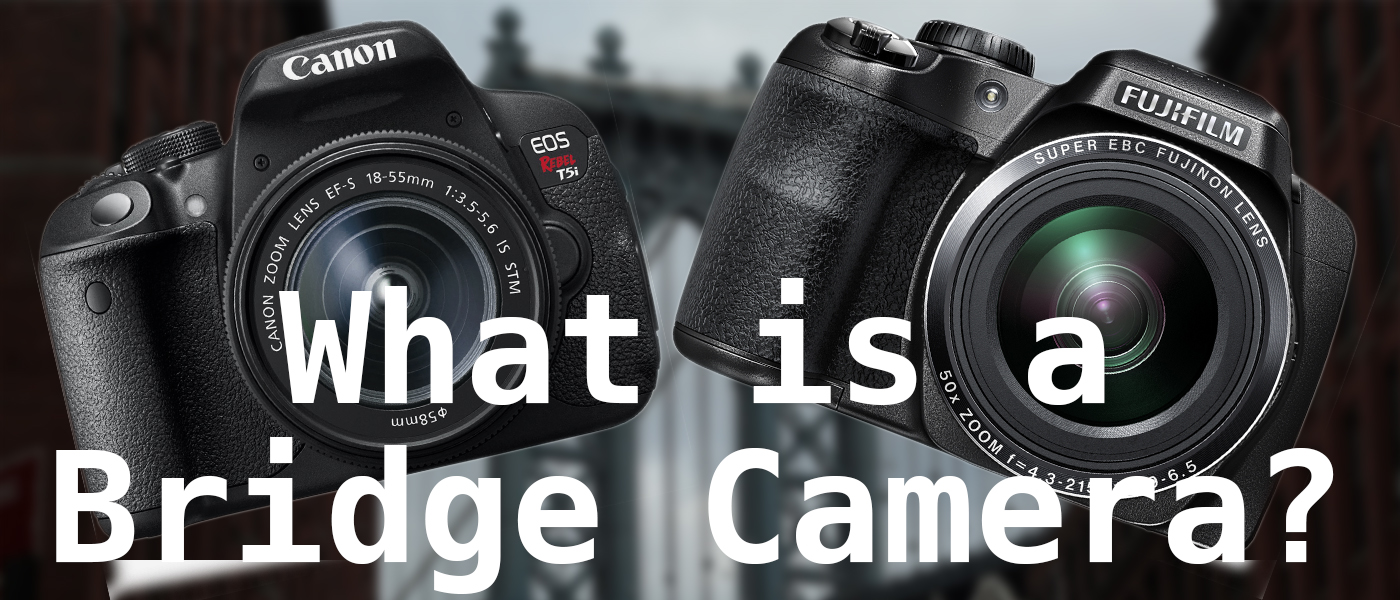 Well what is a bridge camera? Do you shoot bridges with it? - Sure you can, why not. A bridge camera is a classification of cameras that fall between point and shoot cameras and Digital Singles Lens Reflex cameras also known as DSLRs. There have been nearly 100 models of bridge or bridge-like cameras released since 2008 from most all major camera manufacturers. Due to its size and features, a bridge camera gets its name acting as an intermediate bridge between hobbyist point and shoot cameras, and professional DSLRs.
Well what is a bridge camera? Do you shoot bridges with it? - Sure you can, why not. A bridge camera is a classification of cameras that fall between point and shoot cameras and Digital Singles Lens Reflex cameras also known as DSLRs. There have been nearly 100 models of bridge or bridge-like cameras released since 2008 from most all major camera manufacturers. Due to its size and features, a bridge camera gets its name acting as an intermediate bridge between hobbyist point and shoot cameras, and professional DSLRs.
What is a Bridge Camera & How to Spot it
A bridge camera at a glance looks much like a DSLR. What sets is apart is that is has a smaller imaging sensor than traditional DSLRs and a non-interchangeable lens system (the lens is not removable). In fact the sensors in bridge cameras will most likely be the same types of sensors found in point and shoot style cameras. The above mentioned particulars that make up a bridge camera, and the core specifications or what cause people to love them or hate them. Whether a bridge camera is a worthwhile purchase all depends on your photographic background and what you are comparing it to.
Fujifilm S9900w "Bridge Camera" | $349.95
Canon EOS Rebel T5i "DSLR" | $749.00
Bridge Camera vs Superzoom
Superzoom cameras are cameras with a non-interchaneable lens system, where the single lens of the camera has a zoom performance that ranges from wide-angle to super telephoto. The average zoom range of superzoom cameras lie around a full frame equivalent of 28mm to 600mm, with several reaching beyond 1200mm.
Bridge cameras and superzooms are different classifications of cameras but can be easily confused as often most bridge cameras are also superzooms. Superzoom cameras often come in a point and shoot sized body, and can have very limited features with relatively low image quality - these would be solely considered a superzoom and not a bridge camera. Conversely there are a few bridge cameras such as the powerful and feature rich Sony RX10, that do not have super telephoto reach.
SONY DSC RX10 "Bridge Camera" | $998.00
What do Professional Photographers think of Bridge Cameras?
You will likely not find mass appeal to own a bridge camera among professional photographers and videographers. Interesting and promising, there is just not a huge need for one if you already have access to and knowledge of operating higher performing equipment. Still though with image quality increasing (but not sensor size), there is a slight appeal to a bridge cameras size and simplicity; and the super telephoto ranges it can provide. A common use a professional photographer or videographer my find is as a 'travel camera' or 'camera b' on a low budget video shoot where traveling light might be more important than magazine/cinema style image quality.
Pros & Cons of Bridge Camera
It's a fact for example that bridge cameras are typically larger bodied than point and shoots, whether that's a pro or a con for you depends what your looking for. Here are some other bullet points to consider, placed where they likely fall for most in this pros & cons of bridge cameras list:
PROS:
- More affordable than DSLR cameras
- All-in-one type camera, no need for extra lenses
- Sensors equal to or larger than most point and shoot style cameras
- Supertelephoto capability
- Professional looking size and form factor
- Viewfinder a standard feature
Cons:
- Single lens, lack of expandability
- Lesser imaging quality than DSLRs, no APS-C or full frame sensors
- Often low-quality viewfinders
- Higher minimum aperture values
- Possible but likely not a substitute for a DSLR or high end Mirrorless
Good for
- High quality hobbyist photography
- Travel
- Introductory professional video & photography work
- Basic wildlife photography
Not good for
- Sports photography
- Low light photography
- High end photography
FLASHBACK!
Olympus AZ 300 "Bridge Camera" | Release Date: 1988 | Olympus 38 – 105mm F4.5 -6 lens
Selfie Stick Bans, Trouble in South Korea, Italy, New York
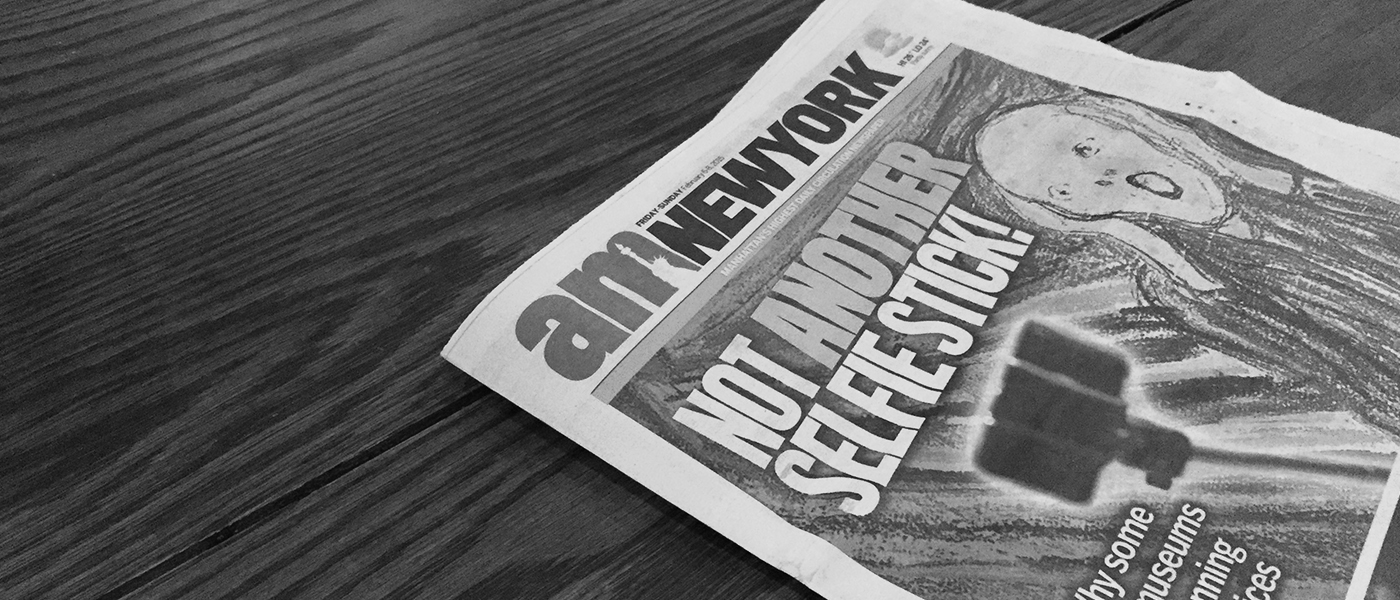 News of more selfie stick bans have made the front page of the "am NEW YORK" this morning, this time at select museums across the metropolitan area.
News of more selfie stick bans have made the front page of the "am NEW YORK" this morning, this time at select museums across the metropolitan area.
"They can't pay attention when they're taking these selfies, and we have balconies and open water that can be very dangerous."
- SREE SREENIVASAN, Chief Digital Officer Metropolitan Museum of Art
In fact, the Brooklyn Museum which allows non-flash photography has a ban on selfies all together. Other museums with some for selfie bans or selfie shunning include
- The Guggenheim
- Museum of Modern Art
- The Cooper-Hewitt National Design Museum
- El Museo del Barrio
It seems New York museums are trying to take preemptive action to protect their art, though vocally they are spinning the bans as a safety precaution for patrons; both are probably true. If you remember last year at the Milan Art Museum, a Greco-Roman statue lost its leg as a guest attempted to sit on the statues lap to take a selfie. Granted they did "sit on the statues lap".
South Korean Government's 'Selfie Stick' Crackdown
In December of 2014 the South Korean government began cracking down on certain types of selfie sticks. It was found that the bluetooth communication on some selfie sticks used to trigger the shutter could interfere with industrial, medical, and scientific machinery. Retailers selling or importing selfie stick must have certification by the South Korean government, ensuring the selfie sticks did not exceed the standard bluetooth operating frequency of 2.4Hz.
[embed]http://youtu.be/bw5l1yWv2XQ[/embed]
That being said - get 'em before they're banned!

 $19.99
$19.99
Mpow® iSnap Pro 2-In-1 Self-portrait Monopod Extendable Selfie Stick with built-in Bluetooth Remote Shutter With Adjustable Grip Holder for iPhone 6,iPhone 6 Plus 5s 5c 5 4s 4,Samsung Galaxy S5 S4 S3, Note 10.1 8 3 2 Moto X, Droid 2, Google Nexus 4, 5, 7, 8
More Top-Rated Selfie Sticks on Amazon
Related articles: Panasonic Launches New LUMIX DMC-GF7 Mirrorless ‘Selfie’ Camera
New Mirrorless Canon EOS M3 Aims to Improve Autofocus
 With Canon's mega-announcement this morning of 9 new products including the 50 Megapixel Canon EOS 5DS & 5DS R, the Canon EOS M3 mirrorless digital camera is finally confirmed.
With Canon's mega-announcement this morning of 9 new products including the 50 Megapixel Canon EOS 5DS & 5DS R, the Canon EOS M3 mirrorless digital camera is finally confirmed.
The Canon EOS M3 is Canon's 3rd iteration to their first and only line of mirrors interchangeable digital cameras, preceded by the EOS M in 2012, and the EOS M2 in 2013. Bad news for American 'M' fans though (myself included), as of now the EOS M3 will not be released in the Unites States. The Canon EOS M2 was also never made available in the U.S.
Many regard the original EOS M as the best one of the most 'underrated' cameras of recent years. I believe this to be true as well, not because of how amazing it is, but how decent it is compared to the bad reputation it earned itself with horribly slow autofocus speeds out-of-the-box. A firmware update came later that improved its focusing speed a bit.
One of the main marketing points of the EOS M2 was that it is faster in autofocusing, they even compared it side by side to the EOS M in one of the promo videos.
It seems Canon is still trying to shake the stigma of the M being a slow focusing camera. With the official announcement of the Canon EOS M3 this morning, one of the only videos I can find featured Amsterdam based photographer Andres de Lange complimenting the EOS M3's focusing speed in just his second line of dialogue, saying:
"I like the Canon EOS M3 because the autofocus is really quick."
I think it's interesting and promising how Canon has geared their marketing towards patching the holes in the M family, but without a worldwide release of the M3, it seems Canon may still not yet be confident in the M line.
[embed]http://youtu.be/6raSxmk3_4c[/embed]
Take a peek over at Canonwatch.com for more specs and info!
8 Videos Featuring the New Canon EOS 5DS and 5DS R
Expect much coverage in the coming hours and days of the new Canon EOS 5DS and 5DS R, 2 of the 9 new products announced by Canon today. In the meantimes here's the latest collection of Canon EOS 5DS Video (& 5DS R), packed with interesting promos, feature overviews, and sample footage for your enjoyment!
Canon EOS 5DS Video (& 5DS R)
[embed]http://youtu.be/AoGxFPptTFk[/embed]
[embed]http://youtu.be/p6KyWbns0ro[/embed]
[embed]http://youtu.be/uiKD2spGWk8[/embed]
[embed]http://youtu.be/xOOGwk2IoNs[/embed]
[embed]http://youtu.be/GBqZHn_iSY0[/embed]
[embed]http://youtu.be/99NUDmVYwDM[/embed]
[embed]http://youtu.be/UOQ9cIp9RqY[/embed]
[embed]http://youtu.be/T7z8Y0QNgG4[/embed]
Canon EOS 5DS and 5DS R 50.6 Megapixel Professional DSLR
SIGN UP TO PRE-ORDER WITH AMAZON NOW
For full specifications and info read the previous article HERE.



